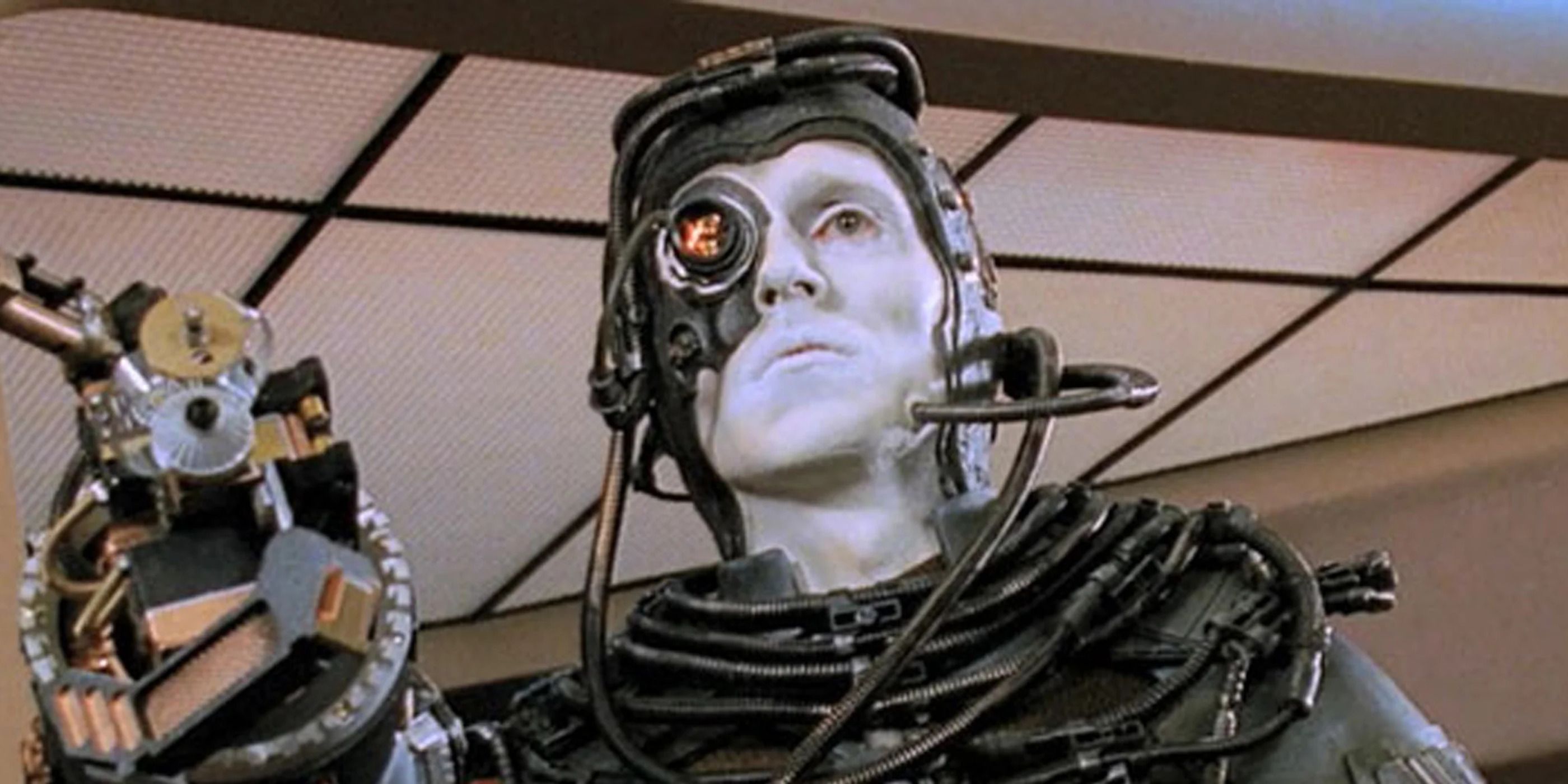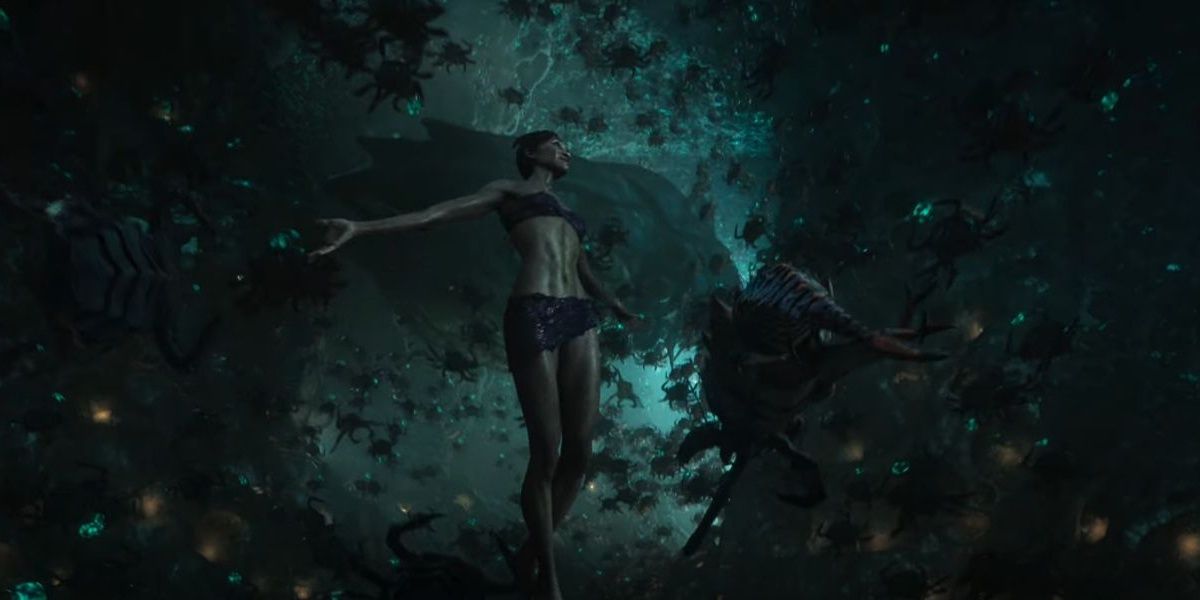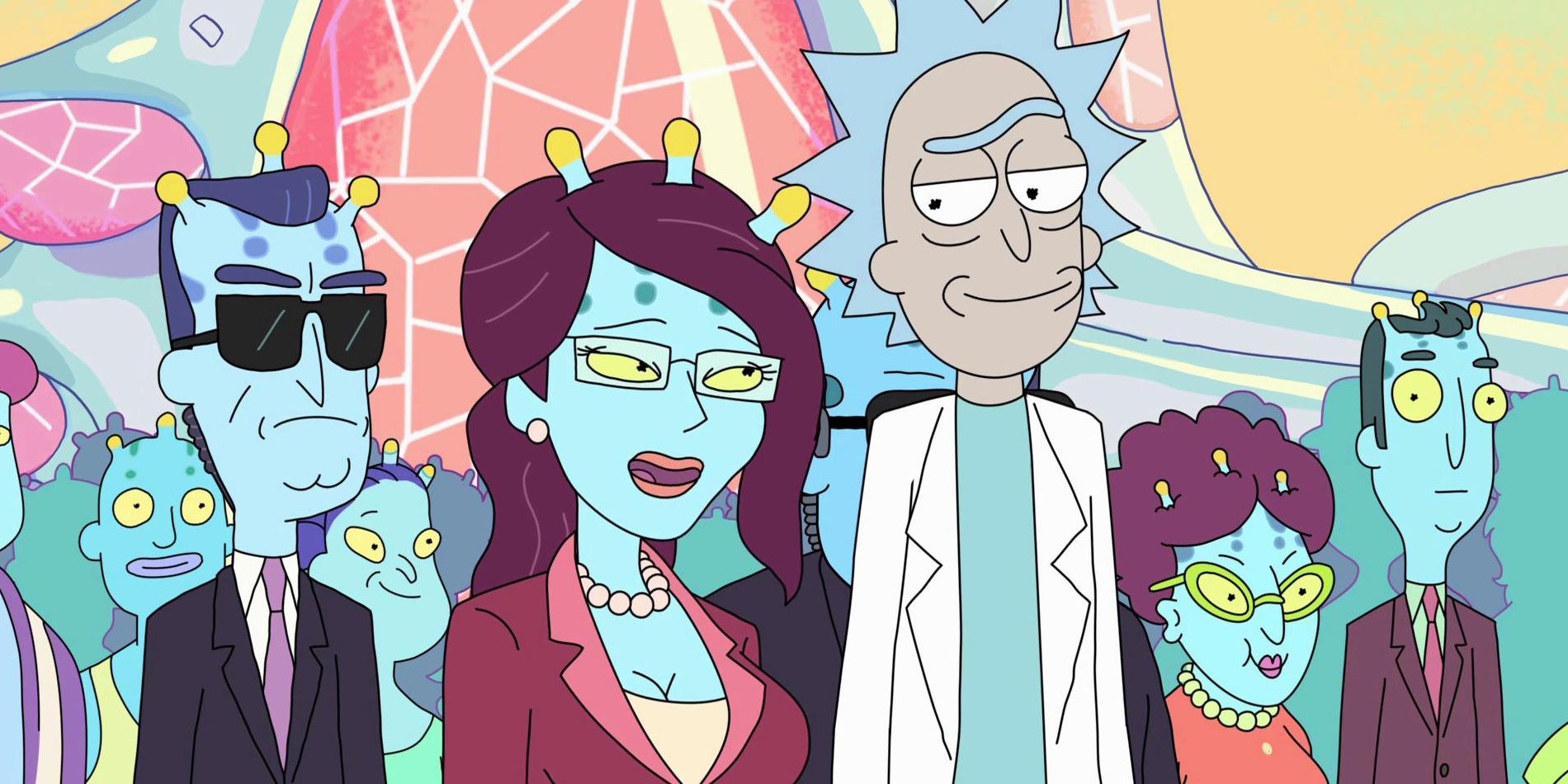Consciousness is a tricky concept, and the perceptual nature of reality means none of us can truly know how our fellow humans experience life. Wouldn't it be easier if hundreds, thousands, or millions of beings could all link up and share the same experience like infinite fingers on the same hand?
A ton of science fiction is dedicated to exploring the theoretical galaxy and making up fantastical alien creatures. Imagining the biological and sociological functions of the denizens of far outer galaxies is one of the most interesting aspects of the genre. The hive mind is a concept many sci-fi writers have toyed with, complete with a fascinating history and plenty of unique spins.
The hive mind is a simple concept. Countless beings, who may or may not at one point have had full autonomy, function as parts of one interconnected whole. This could be the result of a nightmarish invasive species, which infects and colonizes the living beings it encounters. It could also be an agreement between willing participants who form a single collective organism. Many hive minds feature a central figure who acts as leader and representative, but others treat every member as equal. The collective consciousness concept is very rarely portrayed with any positivity, almost always seen as either pitiful or villainous. Those that do mean well are still seen as viscerally unpleasant. Themes of conformity and individuality are generally common in stories featuring the trope.
The great H. G. Wells first introduced this trope to science fiction, but with a slight twist. In his 1901 serialized novel The First Men in the Moon, Wells introduced the world to the Selenites, a race of aliens who live in an advanced society under the moon's surface. Their appearance is distinctly insect-like, and they are physically weak, but the protagonists of the tale consider them mankind's intellectual and moral superior. The Selenites operate much like many species of social insects, such as bees or ants. Known as eusociality in animals, the Selenites operate within a biologically ordained caste system and effortlessly function as a machine-like single unit. Wells originated the concept of the hive mind by taking from the real examples in nature that gave the concept its name. Countless sci-fi authors and creators evolved the concept from Wells's example.
The unfortunate fate of many sci-fi hive minds is to serve as overarching villains for a space-faring narrative. One of the best go-to examples is the Borg Collective from Star Trek. The Borg were introduced in 1989 and have gone on to be a consistent threat throughout the multiple series. The Borg seek perfection by violently assimilating all who they encounter into their cold emotionless hive mind. This process involves cybernetic enhancement, gradually approaching a theoretical apex for life in the universe. Portrayals of the Borg Collective are somewhat unique amongst the Star Trek races, in that the franchise has never attempted to render them sympathetic. Instead, their forced collaboration stands as a travesty against the Federation's goals of willing collaboration.
Long-running franchise Doctor Who features several hive mind antagonists. The most iconic enemies of The Doctor, the Daleks, do not technically share a consciousness, but their lack of emotion and shared information network make them appear much like one. The Cybermen, likely the second most recognizable alien menace of the series, do operate on a hive-mind system called the cyber-web. The show mostly uses these connected threats as henchmen or villains who require no explanation and function as if they were all identical. The show does feature a good, or at least neutral, hive mind in the form of the Ood. Fans got to follow the telepathic slave race from their days of being abused to their emancipation, and they currently thrive in their own civilization.
Non-humanoid hostile aliens are often depicted as a hive mind structure. From a narrative perspective, this allows each threat, no matter how different their capabilities or appearance, to pick up where the last enemy left off in combat. It's a built-in form of escalation, providing an in-universe explanation for the challenges raising in difficulty like video game levels. Guillermo del Toro's outstanding giant robot classic Pacific Rim makes a unique statement in the kaiju subgenre by attaching the monsters to a hive mind. The kaiju of the film, like the pilots in the drift, must share consciousness. This again works as an in-universe explanation of how the army functions, and a metaphorical link between the film's heroes and villains.
Strangely, one of the most unique and interesting examples of the hive mind trope comes from Dan Harmon and Justin Roiland's iconic Rick and Morty. Season 2, Episode 3 "Auto Erotic Assimilation" introduces Unity, an old flame of Rick's who falls into a self-destructive bender when they reconnect. Their relationship is a venue for gags at first, but, as always, the payoff is grim. Unity is a nightmarish invasive species, everyone she encounters is violently assimilated into its mass. It's also a person, with its own personality, who just happens to occupy countless bodies at once. Unity is the perfect example of what a hive mind could be, outside the bounds of henchmen of the week.
The hive mind is a deeply interesting concept that could be applied in countless different ways. Sci-fi writers of the future should look into the hive mind and see what interesting concepts they can pull out.



